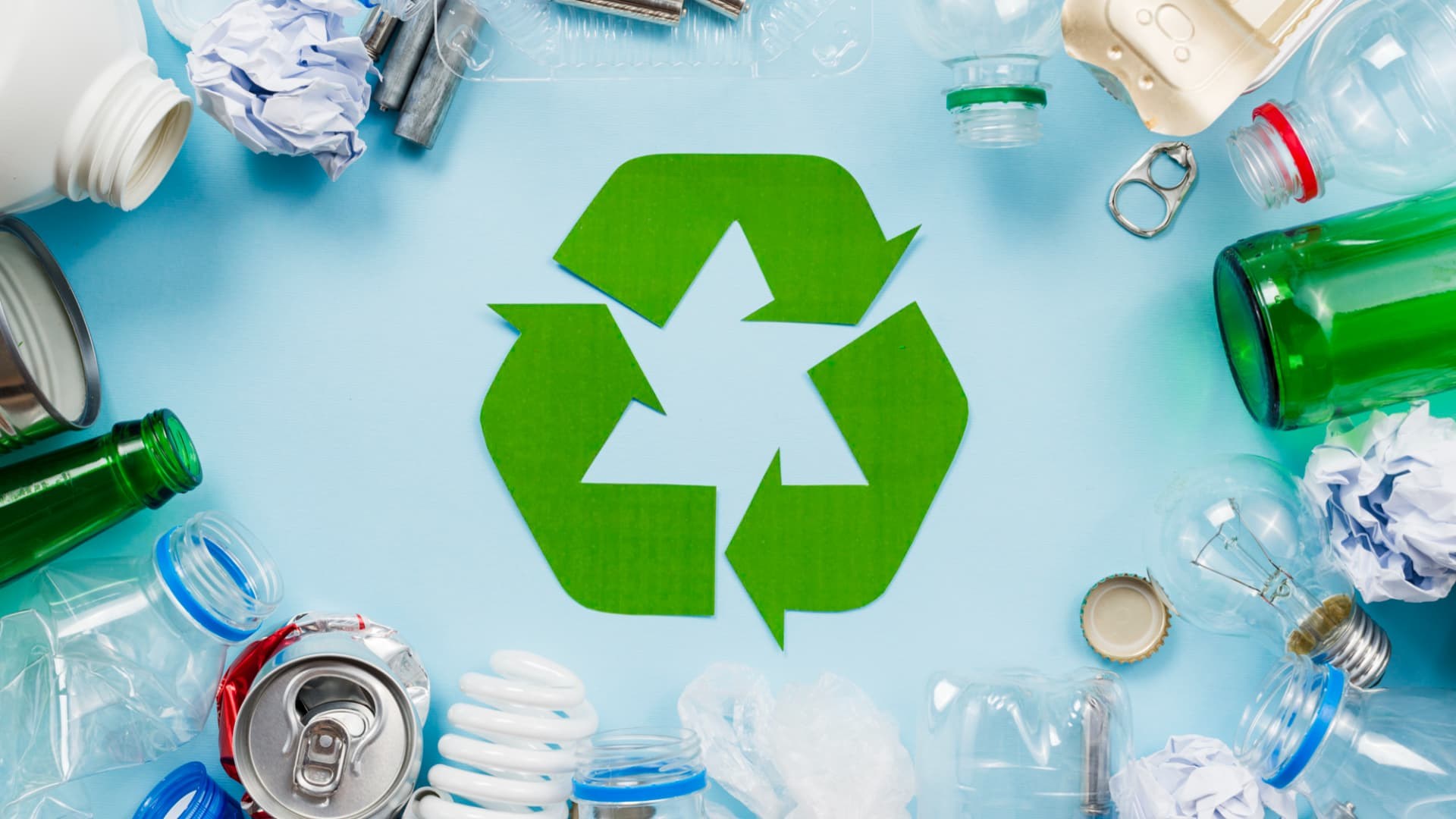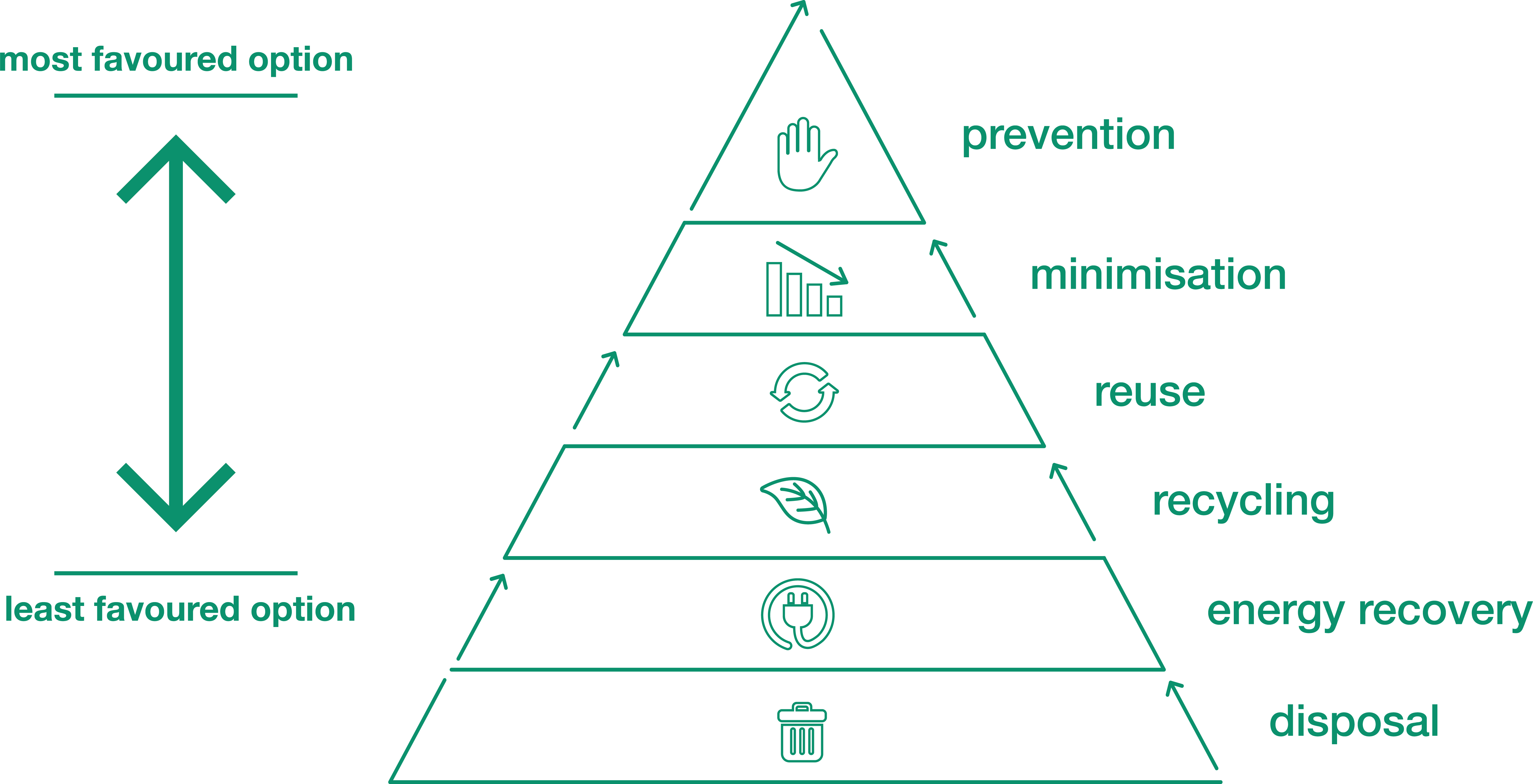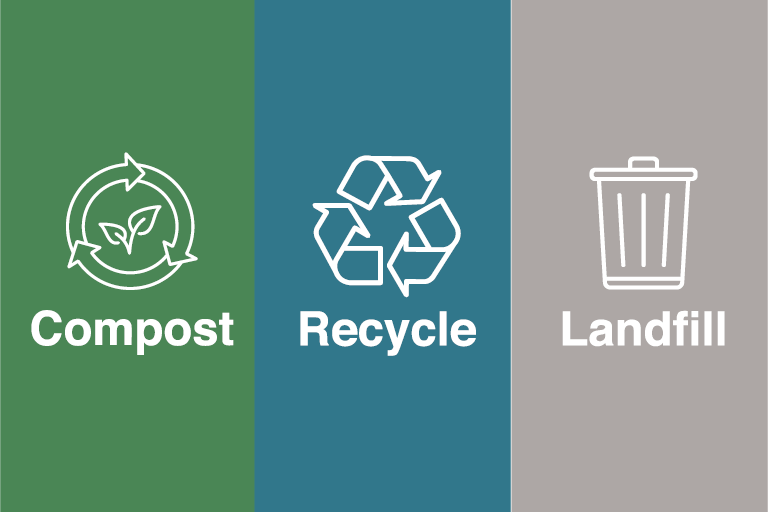Recognizing the Classification and Handling of Various Kinds Of Waste
Efficient waste management is pivotal for environmental sustainability, requiring a comprehensive understanding of the category and handling of different waste types. Home waste, commercial spin-offs, hazardous materials, electronic refuse, and natural residues each demand distinct protocols to guarantee safety and reduce ecological damage.

Home Waste
Family waste, including a wide selection of thrown out materials produced from everyday living tasks, stands for a substantial part of the overall waste stream - recycling lives services. This category consists of organic waste such as food scraps, yard cuttings, and paper products, alongside inorganic materials like plastics, metals, and glass. The diverse nature of household waste requires reliable category and management to alleviate ecological impact and promote sustainable living practices
Effective home waste monitoring begins with segregation at the resource, assisting in recycling, composting, and risk-free disposal. Organic waste, for example, can be composted to generate nutrient-rich dirt changes, lowering garbage dump burden and enhancing dirt health and wellness. Recyclable materials, consisting of paper, glass, and certain plastics, can be refined and repurposed, saving resources and decreasing power usage connected with brand-new product manufacturing.
In addition, unsafe household waste such as batteries, electronic gadgets, and cleaning chemicals needs specialized handling to prevent soil and water contamination. Public recognition projects and hassle-free disposal alternatives play crucial functions in ensuring proper disposal and recycling of these products. By applying robust waste decrease strategies and fostering neighborhood involvement, municipalities can significantly minimize the ecological footprint of home waste.
Hazardous Waste
Hazardous waste, a significant factor to worldwide waste generation, incorporates a diverse variety of products produced by production, building and construction, and other industrial activities. This group includes spin-offs such as scrap steel, plastics, rubber, chemicals, and other deposits. The make-up and volume of hazardous waste can differ dramatically depending upon the market and manufacturing procedures entailed. Reliable monitoring of hazardous waste is vital for decreasing ecological influence and advertising lasting techniques.
The handling of industrial waste generally includes several processes: collection, therapy, partition, and disposal. Collection systems are developed to efficiently gather waste products from different sources within an industrial procedure. Partition is crucial, as it ensures recyclable products are separated from non-recyclable ones, which can be directed in the direction of proper recycling or disposal channels. Therapy procedures, consisting of physical, chemical, and biological approaches, are utilized to reduce the poisoning, volume, and environmental effect of the waste. Lastly, disposal techniques like landfilling or incineration are used for waste that can not be reused or treated.
Adopting approaches such as waste minimization, source recuperation, and recycling can dramatically decrease the worry of industrial waste on the setting, adding to more lasting industrial methods.
Hazardous Waste

The classification of contaminated materials is usually based on its physical and chemical qualities. Toxic wastes contain unsafe materials that can trigger unfavorable health results also at low concentrations. Harsh wastes can harm or destroy living cells and products. Combustible wastes can conveniently fire up, presenting fire dangers, while reactive wastes can create explosions or launch hazardous gases upon contact with various other compounds.
Efficient contaminated materials monitoring involves numerous crucial practices: recognition and segregation of harmful materials, secure transportation and storage space, and suitable therapy and disposal. Therapy best site methods might include chemical incineration, stabilization, and neutralization. Regulatory conformity is crucial, directed by structures such as the Resource Preservation and Recuperation Act (RCRA) in the United States, which makes certain eco sound and secure management of unsafe waste.
Digital Waste
Digital waste, commonly abbreviated as e-waste, represents a growing difficulty in waste management because of the rapid obsolescence of technology. This group encompasses a wide range of disposed of digital gadgets, consisting of mobile phones, computer systems, televisions, and family devices. The complexity of e-waste depends on its make-up; these products have a mixture of useful materials such as gold and copper, as well as harmful substances like mercury, lead, and cadmium.

Legislation and laws, such as the European Union's Waste Digital and electrical Equipment (WEEE) Regulation, objective to promote liable e-waste administration. These policies mandate manufacturers to promote the collection and recycling of digital items, thus reducing the burden on land fills and minimizing ecological contamination.
Organic Waste
Organic waste, incorporating naturally degradable materials such as food scraps, backyard trimmings, and agricultural deposits, makes up a substantial part of the metropolitan solid waste stream. This sort of waste is significant not only for its quantity however also for its possible ecological impact if not managed properly. Organic waste can decay anaerobically in garbage dumps, generating methane, a potent greenhouse gas adding to climate adjustment.
Proper handling of organic waste entails numerous strategies. Composting is a commonly taken on approach, changing organic materials into useful garden compost that can improve dirt and support sustainable agriculture. This process likewise lowers the volume of waste sent to landfills. One more strategy is anaerobic food digestion, which breaks down organic matter in the lack of oxygen, producing biogas that can be utilized as a renewable resource source. Additionally, diverting food waste from land fills via donation programs can relieve food insecurity while reducing waste.
Municipalities and businesses are significantly recognizing the importance of organic waste management. go to this website Applying thorough natural waste reusing programs not only reduces environmental impacts but additionally straightens with wider sustainability goals, promoting a round economic climate where resources are constantly reused and repurposed.
Conclusion
Effective waste administration and environmental security necessitate a comprehensive understanding of the category and handling of different waste types. Implementing appropriate methods for each waste kind ensures secure and accountable waste management practices, eventually contributing to the security of communities and public health.
Effective waste monitoring is critical for environmental sustainability, calling for an extensive understanding of the classification and handling of different waste kinds.Household waste, including a wide array of discarded materials produced from day-to-day useful reference living tasks, stands for a significant element of the general waste stream.Industrial waste, a significant factor to international waste generation, incorporates a varied range of materials produced by manufacturing, building, and various other commercial tasks (recycling lives services).Unsafe waste, a vital worry in waste monitoring, consists of materials that pose significant risks to human health and wellness and the atmosphere due to their hazardous, destructive, combustible, or responsive homes.Organic waste, incorporating biodegradable materials such as food scraps, yard trimmings, and farming deposits, comprises a significant portion of the community solid waste stream
Comments on “The Duty of Recycling Lives Services in Sustaining Neighborhood Neighborhoods”